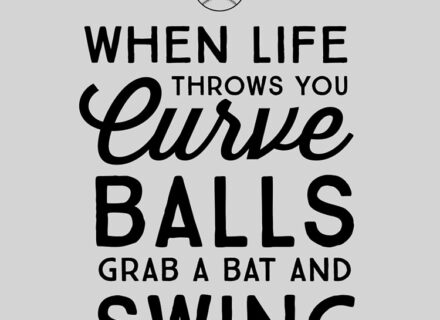The start of a new year always brings new resolutions that are confidently set, but quickly forgotten about. The gym is always packed in January but the crowd begins to fade, almost like clockwork, as February arrives. This notion made me think of a concept I picked up after reading Ray Dalio’s ‘Principles’. (btw, if you’ve not read this book, I highly encourage it). That concept being, the idea of weighing second and third-order consequences in the decisions we make. Let me explain.
Here’s an everyday life example:
A first-order consequence might be the delight you experience after eating a tasty cheeseburger and fries. A second and third-order consequence, of that same activity, might be an expanded waistline or the tired feeling you get after stuffing yourself with a heavy meal.
First-order consequence= the most immediate feelings or results of a decision.
Second and subsequent-order consequence= the longer term effects of the decision.
Easy enough to understand, right?
Mr. Dalio suggests that people who over-index first-order consequences of their decisions rarely reach their goals. That seems to make some sense. If we use the new year’s resolutions example of ‘losing weight’ or ‘going to the gym’, here’s how it plays out in first and subsequent-order consequences.
First -order consequence: “Going to the gym sucks, it’s painful and takes time.”
Second-order consequence: “I went to the gym anyway and I feel better and am healthier.”
These are very basic examples to explain the concept of how first-order consequences often have the opposite desirability from second and third-order consequences.
“Quite often the first order consequences are the temptations that cost us what we really want, and sometimes they are the barriers that stand in our way”, Dailo explains. “It’s almost as though nature sorts us by throwing us trick choices that have both types of consequences and penalizing those who make their decisions on the basis of first-order consequences alone”, says Dalio.
To drive this points home, here’s a list of other examples:
|
First-Order Consequence |
Second-Order Consequence |
|
This food tastes great |
It counterproductive to my weight-loss goals |
|
Exercising is painful and takes time |
I’m healthier and feel better |
|
These cocktails makes me feel good |
You’ve got a hangover |
|
It’s uncomfortable firing someone |
The team is more efficient |
|
Reading takes time |
You’re more knowledgeable |
|
Procrastinating is easier |
You’re stressed about deadline |
|
Take new job because of more money |
Less opportunity to develop and grow |
The list continues. Think about the decisions you’re making that are based on first-order consequences that may be counterproductive to what you’re actually trying to achieve.
The good news? All of this is in our direct control. We have all the power to choose which level consequence we’re optimizing for in our own lives. Me? I’m working to optimize to second and third-order consequences. I don’t always get it right, but I’m better off when I do.
To make getting started easy, think of one decision you might be making now that’s based on a first-order consequence that should instead be based on second-order.
I’d love to hear your thoughts!



